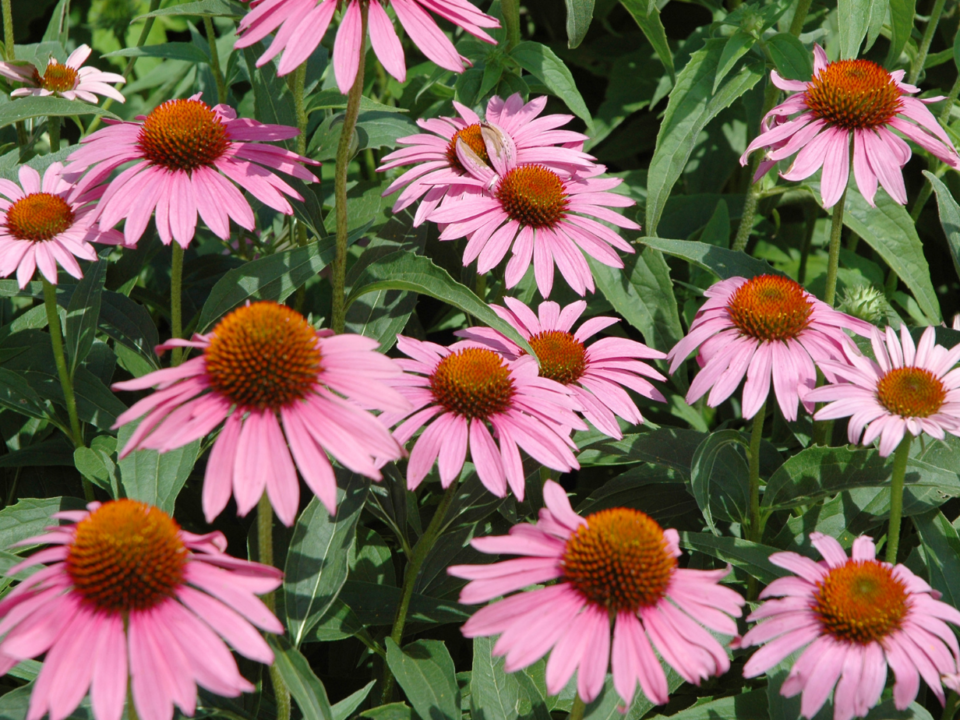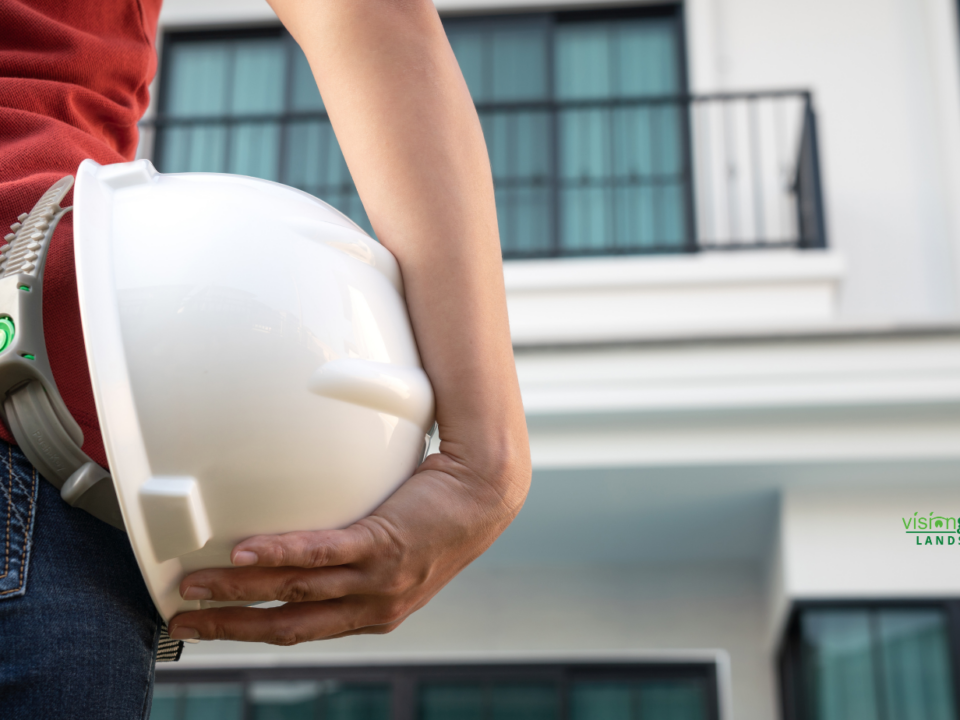How to Manage Water in Charlotte Yards

Charlotte’s Smart Irrigation Program Explained
October 29, 2025
How to Manage Water in Charlotte Yards
November 14, 2025Smart Water Fixes for Charlotte Lawns
If you’ve called Charlotte home for a while, you probably notice our weather has two very different sides… It can pour down rain and turn your yard into a muddy mess, or it can be so hot and dry that your lawn feels like baked clay. Whether you’re in places like Ballantyne, Huntersville, SouthPark, or Steele Creek, many homeowners face the same challenge of too much water when it rains and not enough when the sky is clear.
Charlotte’s red clay complicates drainage because it drains poorly, compacts fast, and alternates between soggy and hard. Common questions we hear frequently are: ‘How do I drain water from my house and low spots?’ and ‘How can I water landscaping efficiently?”
This guide takes both of those questions head-on. We’ll walk through French drains vs. regrading for drainage issues, then compare drip irrigation vs. sprinklers for keeping your landscaping healthy. Together, they form the foundation of a well-managed yard, one that handles Charlotte’s weather swings with ease.
Fixing Drainage the Right Way
Before you can decide between regrading and a French drain, it helps to understand what each solution actually does. Many homeowners try to jump straight to installing a drain, only to realize later that the real issue was the yard’s slope.
Others try to regrade without realizing their yard’s low spot is in a place that can’t be fixed by reshaping the surface alone.
Correcting the Shape of the Yard
Regrading is the process of reshaping the soil, so water flows where it’s supposed to. In many Charlotte neighborhoods, especially newer subdivisions or homes built on fill dirt, the existing grade is not ideal. Water may pool near the foundation, get trapped in a flat backyard, or flow from a neighbor’s higher lot straight into yours.
Regrading works particularly well when the problem covers a large area, such as soggy middle sections of the lawn, standing water after storms, or a backyard with poor drainage. Correcting the grade provides water with a natural path to exit the yard. This method is often the cleanest and most long-lasting solution.
French Drains
A French drain is different. Instead of adjusting the surface, it works beneath the soil. It’s a gravel-filled trench with a perforated pipe that collects water and directs it to a safer location. This is ideal when water collects in one stubborn spot that refuses to dry, when water seeps from a slope or retaining wall, or when the lot’s shape makes regrading difficult.
French drains excel in yards where a specific low spot always stays wet, even in summer, or where surface regrading can’t redirect water due to space, property lines, or existing structures like patios and fences.
So Which Fix Is Better?
Charlotte yards vary widely in shape, age, builder quality, and neighborhood layout.
Regrading is usually best when the whole yard drains poorly or slopes the wrong direction. A French drain is better when the problem is localized or tied to groundwater and deep saturation. And in many Charlotte homes, especially those on slopes or with tricky easements, it’s common to use both solutions together. Regrade the main yard, then install a French drain to handle the remaining trouble spots.
What matters most is addressing the cause, not just the symptoms.

Choosing the Right Irrigation System
Once you’ve solved the wet-yard problem, the next battle is keeping your lawn, shrubs, and plants healthy during Charlotte’s hot, dry stretches. This is where the decision between drip irrigation and sprinklers comes into play.
Sprinklers
Sprinkler systems use pop-up heads that spray water across a wide area. They’re ideal for larger lawns, especially those with fairly even grade. If your Charlotte property has a good-sized patch of grass common in Matthews, Mint Hill, and many Steele Creek neighborhoods, sprinklers provide fast, broad coverage.
The downside is efficiency. Sprinklers lose some water to evaporation and wind, especially during summer afternoons, and they’re less precise than drip irrigation. Still, for turf, they’re the right tool.
Drip Irrigation
Drip irrigation delivers water slowly and directly to the soil at each plant’s base. Instead of spraying overhead, it drips right into the root zone. This makes drip incredibly efficient, perfect for planting beds, foundation plantings, and narrow strips where spray heads would hit your house, sidewalk, or driveway.
In Charlotte’s clay soil, drip irrigation also reduces runoff, since water has time to soak in rather than washing away. Shrubs, perennials, and newly planted trees all benefit from this type of deep, slow watering.
Which Irrigation Choice Is Better?
In most Charlotte yards, the most effective system isn’t just one or the other … it’s a perfect blend of both! Sprinklers take care of your lawn, while drip irrigation gracefully waters your beds and borders. This balanced approach not only keeps your turf lush and healthy but also ensures your plants receive just the right amount of water without waste.
Plus, it’s a smart way to stay prepared for those occasional drought restrictions in Charlotte. With a bit of smart scheduling and zone control, you can enjoy watering your garden efficiently and with peace of mind.
A Charlotte Yard That Works With Water, Not Against It
Treating drainage and irrigation separately often leads homeowners to fix one issue only to cause another. By viewing your yard holistically, considering how water arrives, moves, absorbs, and is added, you can design a landscape that performs well year-round.
A well-graded yard reduces foundation issues, mosquito breeding, turf decline, and muddy messes. A properly designed irrigation system keeps your lawn and plants healthy without overspending on water. These systems make your outdoor space easier to maintain and more enjoyable.
If you’re dealing with standing water, muddy patches, or inefficient irrigation, consider a full evaluation. Every Charlotte yard is unique; the right mix of regrading, French drains, sprinklers, and drip lines depends on your lot, soil, and landscape goals.
Contact Vision Green for a custom drainage and irrigation plan. We’ll find the right solution for your yard so you can enjoy a well-functioning yard without weather issues.





